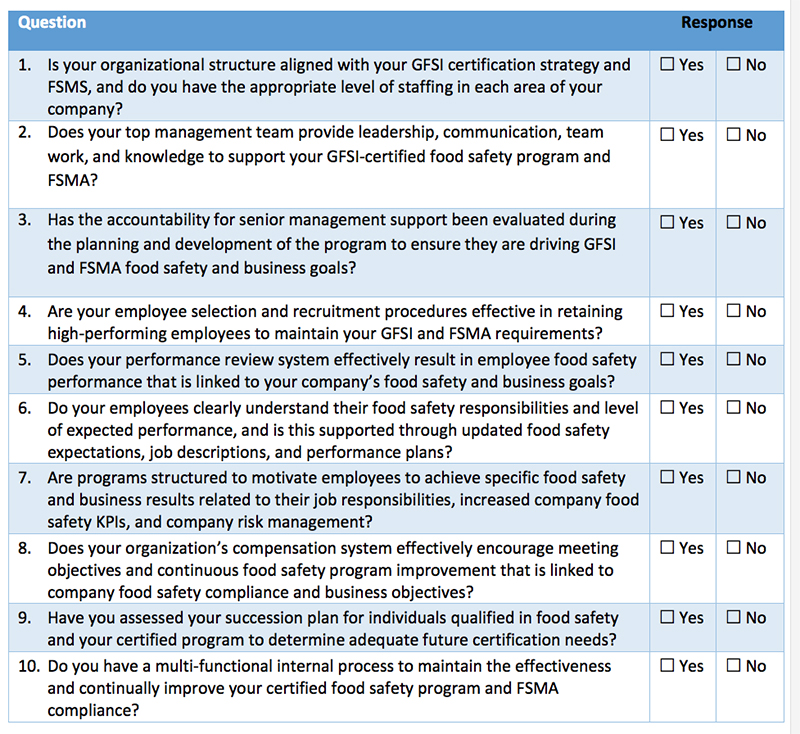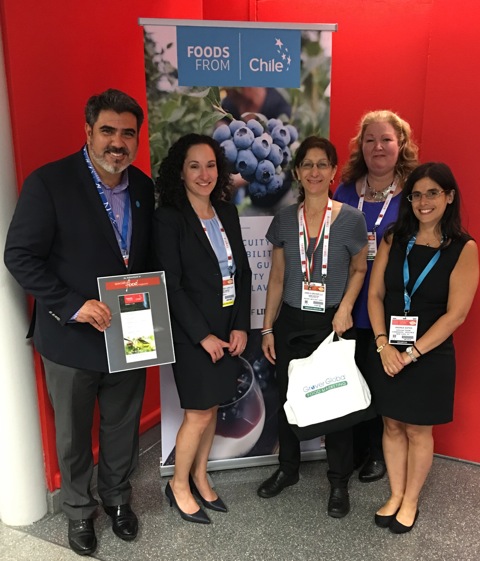Supply chains are getting increasingly more complex. Add to this the fact that consumers want more and more information about the products they buy. How can we obtain and store the information we want (and need), when we interact with hundreds of suppliers? Transparency in your supply chain is no longer a “nice to have”, but has become a must-have.
Product, price and quality used to be enough. Brands created products with good, better and best strategies targeting specific customer segments based on price and quality differences. Classifying customers and products allowed for more targeted offers—and a closer connection to the consumer.
And then Apple and Amazon reinvented the shopping experience. Digital and mobile took off. The customer experience became a point of differentiation in the store, online and on devices. As a result, the customer experience and omni-channel retailing have been core values for the past decade.
Today, a new value is emerging: Transparency. It is no longer enough to have a high-quality product, at a good price and with a rewarding shopping experience. The rise in health-conscious consumers, a highly interconnected society (transparency in the digital era), and a greater frequency of recalls and social responsibility issues has increased consumer demand for transparency. They want to know where and how products are made, what they are made of, and who made them.
Unsurprisingly, shoppers are very concerned by news about food safety issues such a Listeria and food fraud, which have become increasingly well publicized. Experience shows that these events have a significant impact on consumer confidence in brands and in certain types of products, which can take a long time to overcome.
According to a report released this year by World Vision Canada, consumers want to make ethical buying decisions.1 However, they are kept in the dark and don’t have enough information about products to do so. The organization is pushing for a new law, such as those already passed in the United States and the UK, to ensure that factories in foreign countries supplying the Canadian market don’t use minors to make products.
Every brand will need to determine the right level of transparency for their company and customers (consumer trust drivers like country of origin, label accuracy, etc.). Only 1% of consumers will want to know everything. For the other 99%, what they really want to know is that the brand they are buying from has a safe and responsible supply chain. They want to trust the brand promise. However, many brands still only know their immediate suppliers—and to ensure this trust, they need to dig deeper.
Providing transparency in your entire supply chain will reduce what we call the “visibility barrier” and give you access to all the information that you need and that your customer wants. Rather than simply reacting when a crisis emerges, you will proactively know your entire supply chain identity.
In 2016, technology and business practices exist to truly create brand trust by ensuring a safe and responsible supply chain. Yes, supply chains are complex and global. Yes, they represent thousands of companies, some of whom may not want to share information. But if more than a billion people can connect on Facebook, when it comes to knowing the supply chain, it’s simply not enough to say “I don’t know.”
Reference
- Press, J. (June 9, 2016). “New report on child labour raises call for supply chain transparency law”, Times Colonist, Accessed August 12, 2016. Retrieved from: http://www.timescolonist.com/new-report-on-child-labour-raises-call-for-supply-chain-transparency-law-1.2274235




















